Survive through a series of mass extinctions
A mass extinction 66 million years ago wiped out more than three-quarters of the world’s plant and animal species, including dinosaurs. But cockroaches, a tiny insect, have survived since then.
Scientists say that no creature weighing more than 25 kg has survived this extinction event in the Cretaceous – Paleogene.
For a variety of reasons, cockroaches have been given a lot of opportunities to survive. It is also the only cave creature that lived before the time of the dinosaurs and is still alive today.
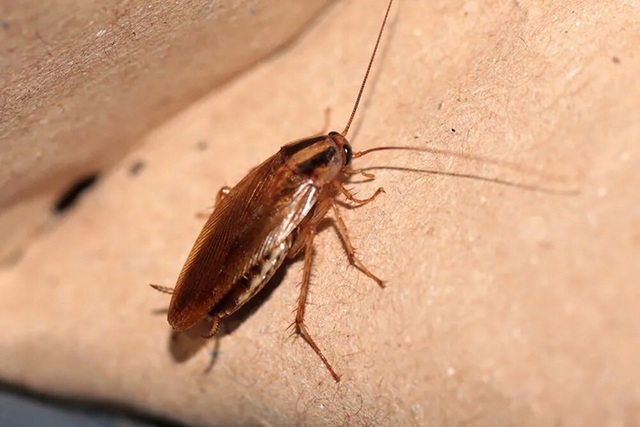
The miraculous survival ability of cockroaches
With their extremely flattened bodies, this is a clear advantage that allows cockroaches to find hiding places, deep in caves when the mass extinction occurs.
When the asteroid hit Earth, it caused an explosion, triggering a chain of dominoes that caused a series of volcanoes on Earth to erupt.
The planet’s surface temperature then skyrocketed. Large animals that cannot find shelter are killed because of the high temperatures.
In contrast, cockroaches can burrow down into small holes in the ground, helping them to protect their bodies from the heat.
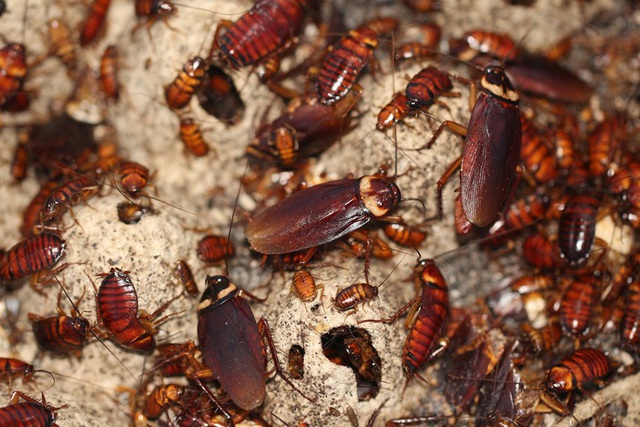
But the impact of the Chicxulub meteorite did not stop there. When volcanoes on Earth erupt all at once, they blow ash into the atmosphere, covering the sky and darkening everything. The Sun is hidden, the temperature of the planet’s surface drops again and the whole Earth becomes cold.
With so little light, plants struggle to thrive. As a result, the herbivores lucky to survive the meteorite explosion had to “fall down” before starvation, as their food reserves kept decreasing.
Carnivores suffer the same fate. Only scavengers benefit the most.
Cockroaches are among the omnivores. This means they can eat a variety of foods, from plants and animal carcasses to their own droppings.
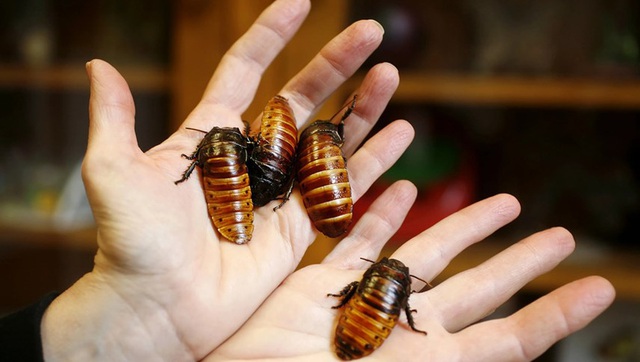
Many species of cockroaches harbor protozoa and bacteria that live symbiotically in the gut. These organisms provide the ability to digest cellulose, allowing cockroaches to eat wood, cardboard and even clothing.
In short, their permissive eating habits have given cockroaches the edge to survive the hard times of the Chicxulub event, and then a series of other natural disasters, until now. .
The third useful feature that gives cockroaches an advantage in survival and passing on their genes to the next generation is that they know how to protect eggs.
Cockroaches lay eggs then carry the eggs with them, inside protective boxes called oothecae located at the end of their abdomens.
Like a phone case, oothecae is very tough and provides excellent protection. It can keep cockroach eggs alive through conditions like floods and droughts.
Above, we talked about cockroaches that burrowed deep underground after the Chicxulub meteorite explosion.
And when everything calmed down, the cockroaches crept back up to the ground to see what was left of the ruins.
It is at this time that many cockroach eggs have hatched and the tiny creatures continue to survive, rising from the ruins of the planet.
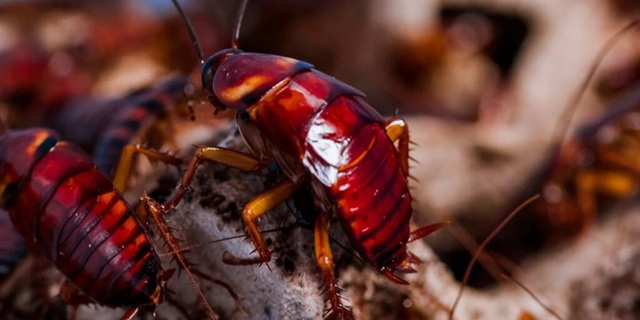
Survive nuclear war and take over the human ruins
Cockroaches can be starved for up to a month without food and still live. Experiments show that cockroaches can even live in a vacuum for 45 minutes. Cockroach eggs can survive for 12 hours in conditions of -5 to -8 degrees Celsius.
When you cut off a cockroach’s head, its body still behaves like running away. Its head will continue to live and wag its whiskers for several hours, even longer if you give it nutrients.
It is actually thought that if the human race went extinct because of nuclear war, cockroaches might still be alive after that.

That’s because cockroaches molt and divide their cells weekly. When a nuclear bomb causes an explosion, cockroaches can endure 6-15 times more radiation than humans.
As long as the bomb explodes at the end of its molting cycle, new cells of the cockroach will be born to replace the damaged cells when the new cycle begins.
Scientists estimate that there are more than 4,600 species of cockroaches on Earth. But we really only see a few of them, which are cockroaches that like to live with humans.
They parasitize our homes, eating our leftovers, avoiding natural enemies that love to eat cockroaches, such as birds, frogs, lizards and spiders.

Once cockroaches are allowed to enter the house, they will reproduce and multiply at a tremendous rate. For example, the German cockroach (Blatella germanica), each female can lay 30-40 eggs per litter, multiplying with 6 litters a year is about 200.
Only 1 month after hatching, German cockroaches can be considered adults and begin their new breeding cycle. When large numbers of cockroaches become out of control, they can spread disease to you. Cockroaches crawling into your clothes and pantry can cause allergies, asthma attacks, and even anaphylaxis.
Unfortunately, with their excellent survival ability, cockroaches can also be resistant to many human insecticides.
So much so, now scientists still have to research to find ways to sterilize cockroaches at the root, for example, this study wants to make male cockroaches no longer like female cockroaches.
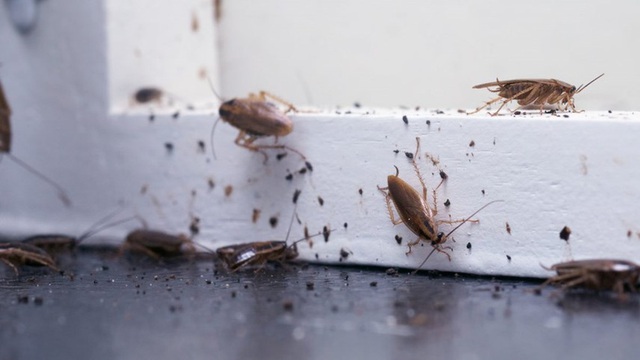
However, in a rainforest environment, cockroaches feed on decaying wood and leaves and digest them, turning them into a valuable source of nutrients for the vegetation.
Cockroach manure contains a lot of nutrients, the most prominent of which is organic nitrogen – an indispensable ingredient in the growth of many different plants.
Cockroaches participate in the food chain in nature, it preys on many small mammals, birds and reptiles. These animals are food for the next link in the vast food chain.
Therefore, if suddenly one day cockroaches become extinct, it will cause a great disturbance to the world. But it must also be said that it is an unlikely scenario.
Whether it’s nuclear war or a new asteroid hitting Earth, perhaps we should take care of ourselves before we worry about cockroaches.
at Blogtuan.info – Source: cafebiz.vn – Read the original article here



